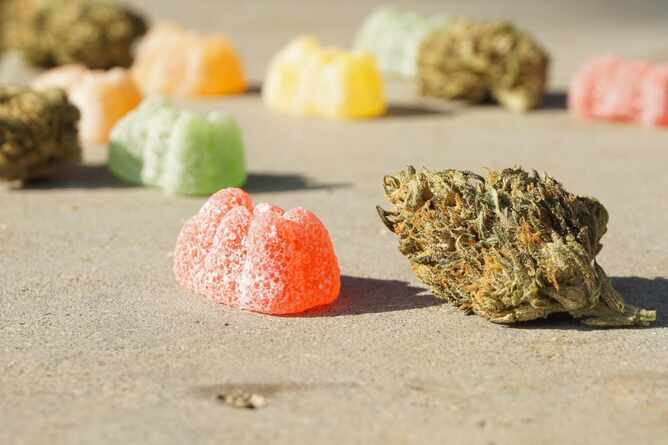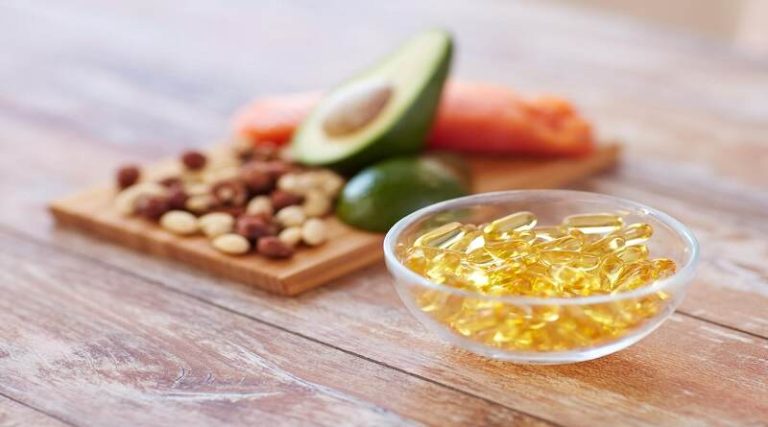
Ayurveda suggests the principle of opposites to keep a balance between all energies. Since the primary features of Kapha are heavy, cold, immobile and oily, simply spoken everything that is light, warm, active or dry might help to balance an aggravated Kapha Dosha — not only in primary Kapha types, but in every case of an unbalanced Kapha Dosha. Kapha can be aggravated by greed and possessiveness, in a cold and damp climate or lack of movement and laziness. Read up on signs of a Kapha imbalance here.
Remedies for too much Kapha
warm and dry: make sure you feel warm and dry in your clothes, change them if you have and leave the cold and wet conditions as soon as possible
Spicy foods followed by bitter and astringent, remember that you prefer light options. Try “Chana Sundal” (a quick, easy dish of Indian chickpea), a hot ginger tea, or shisandra berries.
Exercise and Activity will warm your body and give you an energy boost. Choose anything that is vigorous and dynamic, like running, biking, fast-paced yoga, martial arts …
A good quick exercise is “Breath of Fire”: kneel comfortably on the ground, look and reach with your arms or enter into a yoga pose that allows you the same (as warrior 1) for an added effect . Feel the stomach area and push your breath at short intervals. Do this for about a minute and you should feel your body heating up and energizing.
Heating and drying of spices such as chili, pepper, ginger, cinnamon, schisandra, mustard seeds or Trikatu
Balancing Kapha Dosha through diet
general suggestions for a diet that can help to reduce excess Kapha in the system. But since every individual has different needs, there are no absolutes, so take the below as guidelines and see what they do for you. Feel free to experiment, observe your reactions and adjust.
Favour:
- light, dry, warm and well spiced foods in small meals
- lighter fruits and vegetables, such as apples and pears, preferably in season to avoid refrigeration.
- spicy, bitter and astringent tastes, like ginger, radish, tea, green vegetables, beans
- Other tastes to balance Kapha dosha are the bitter and astringent tastes. These include green leafy vegetables, split mung dhal soup and other bean soups, and astringent vegetables such as broccoli, cauliflower and Brussels sprouts. It’s important to cook your vegetables and eat them warm, rather than relying on raw vegetables. Raw vegetables are difficult to digest, whereas to balance Kapha dosha you want to eat warm, light, cooked foods.
- primarily vegetarian food
- Basmati rice is also a good grain for Kapha dosha, because it has a more drying quality than other types of rice, but quinoa is better because it has the intelligence of fire to support weight loss.
Avoid:
- cold/refrigerated, heavy or wet foods and drinks like yogurt and cucumber
- If you are Kapha by nature, you’ll want to stay away from heavy, cold desserts such as ice cream and cheesecake, as these will only slow your metabolism and increase the cold, heavy qualities of Kapha in your body. Rich desserts, fried foods, foods made with refined sugar and refined flour, cold foods and drinks — all of these should be avoided if you want to balance Kapha and your weight.
- refined sugars and flours, as well as too much sweeteners in general (some honey is ok). Also reduce oils, fats and nuts
- too much of sweet, salty and sour flavours, like grains, pastries and cheese
- reduce rich fruits and vegetables, like pineapples, mango, avocado, tomato, or dates








